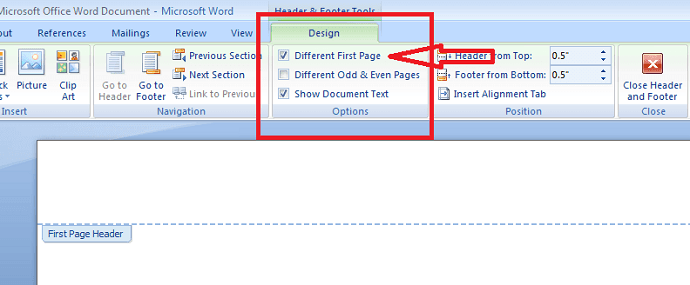On this occasion, i would like to share about Word Header Designs design material. Somewhile, this photo seems can give any benefits to us as inspiration. With these create letterhead template microsoft word, word document header designs and cover page template word document below, we will found nice reference to make stunning graphic artwork.
- Headers Mac Designs For Mac
- Headers Mac Designs For Cricut
- Mac Designs Carmel In
- Mac Designs Newport Ri
The Falcon is an old design that still looks fresh and contemporary today, that's a true testament to how well styled it is. Nothing Ford makes globally with four-doors approaches it. Even the base models are at least handsome. That's not something you can say about very many sedans on the market. Header Design Principles to Follow Research studies have found that the users’ eyes move on a webpage by following one of the 3 patterns: Gutenberg pattern, F-pattern or Z-pattern.
To get more photo gallery, you should also have these business memo template word, microsoft word header footer and word document header designs. It's possible to add anything we like, change the details and make our corrections. I hope this Word Header Designs collection will bring you much creativity and incentive for advanced creation.

We could get the original file from the source link on each pictures. We hope you like and want to share, let's hit share button that you like, so more people can get reference too.
Designing Tips:
Precompiled headers (PCH) are a performance feature supported by some compilers to compile a stable body of code, and store the compiled state of the code in a binary file. During subsequent compilations, the compiler will load the stored state, and continue compiling the specified file. Each subsequent compilation is faster because the stable code does not need to be recompiled.
qmake supports the use of precompiled headers on some platforms and build environments, including:
- Windows
- nmake
- Visual Studio projects (VS 2008 and later)
- macOS, iOS, tvOS, and watchOS
- Makefile
- Xcode
- Unix
- GCC 3.4 and above
- clang
Adding Precompiled Headers to Your Project
The precompiled header must contain code which is stable and static throughout your project. A typical precompiled header might look like this:
Note: A precompiled header file needs to separate C includes from C++ includes, since the precompiled header file for C files may not contain C++ code.
Project Options
To make your project use precompiled headers, you only need to define the PRECOMPILED_HEADER variable in your project file:
qmake will handle the rest, to ensure the creation and use of the precompiled header file. You do not need to include the precompiled header file in HEADERS, as qmake will do this if the configuration supports precompiled headers.
The MSVC and g++ specs targeting Windows enable precompile_header by default.
Headers Mac Designs For Mac
Using this option, you may trigger conditional blocks in your project file to add settings when using precompiled headers. For example:
To use the precompiled header also for C files on MSVC nmake target, add precompile_header_c to the CONFIG variable. If the header is used also for C++ and it contains C++ keywords/includes, enclose them with #ifdef __cplusplus).
Notes on Possible Issues
On some platforms, the file name suffix for precompiled header files is the same as that for other object files. For example, the following declarations may cause two different object files with the same name to be generated:
To avoid potential conflicts like these, give distinctive names to header files that will be precompiled.
Example Project
You can find the following source code in the examples/qmake/precompile directory in the Qt distribution:
mydialog.ui
The following image displays the mydialog.ui file in Qt Creator Design mode. You can view the code in the Edit mode.
stable.h
myobject.h
myobject.cpp
util.cpp
Headers Mac Designs For Cricut
main.cpp
Mac Designs Carmel In
precompile.pro
Mac Designs Newport Ri
© 2020 The Qt Company Ltd. Documentation contributions included herein are the copyrights of their respective owners. The documentation provided herein is licensed under the terms of the GNU Free Documentation License version 1.3 as published by the Free Software Foundation. Qt and respective logos are trademarks of The Qt Company Ltd. in Finland and/or other countries worldwide. All other trademarks are property of their respective owners.
